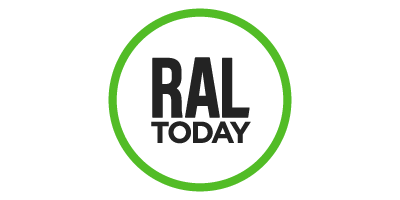How many train fans do we have out there? 🙋Most of you are probably familiar with this iconic view from the Boylan Street Bridge. And of course we all celebrated the opening of downtown’s new Union Station — which opened in 2018 at 510 W. Martin St. and is serviced by 10 trains per day, with routes connecting our city to Charlotte and New York. Did you know it’s also the seventh-busiest train depot in the Southeast?
Raleigh has a rich rail history, dating back to ~1840 when the first Union Station (also called Union Depot) was constructed by the Raleigh and Gaston Railroad, connecting Wake County residents to Petersburg, Virginia (a major supply hub). Many of the original tracks of that line remain in use today, including junctions at Weldon, Wilmington, and Roanoke Rapids. Want to learn more about this early rail history? Click here and here.
Seaboard Station — perhaps best known now for housing restaurants and retail such as Logan’s Garden Shop — served Raleigh passengers from 1941 to 1986. Afterwards, trains traveling North toward Washington, DC had to be rerouted through Selma and Rocky Mount, which remains true today.
Fun fact: Seaboard Station is home to one of only three steam-engine era electric turntables remaining in NC, and is occasionally still used by NCDOT and CSX Transportation, which operates the existing rail line. One other is held privately by a collector in Rocky Mount + the third resides at the NC Transportation Museum in Spencer (located ~2 hours from downtown Raleigh).
Today, Union Station serves between 90,000 and 150,000 passengers each year. The annual revenue generated last year by ticket sales is $4.6 million.
And our railroad history doesn’t stop there. Future plans for transportation in our city include a commuter rail connecting stops around the Triangle + improvements to the Southeast corridor, which would connect Raleigh directly to Richmond, Virginia.
Quiz
Sorry, you are using an unsupported browser. This page will not display correctly.
Please click here to upgrade to a newer browser.
/**/













